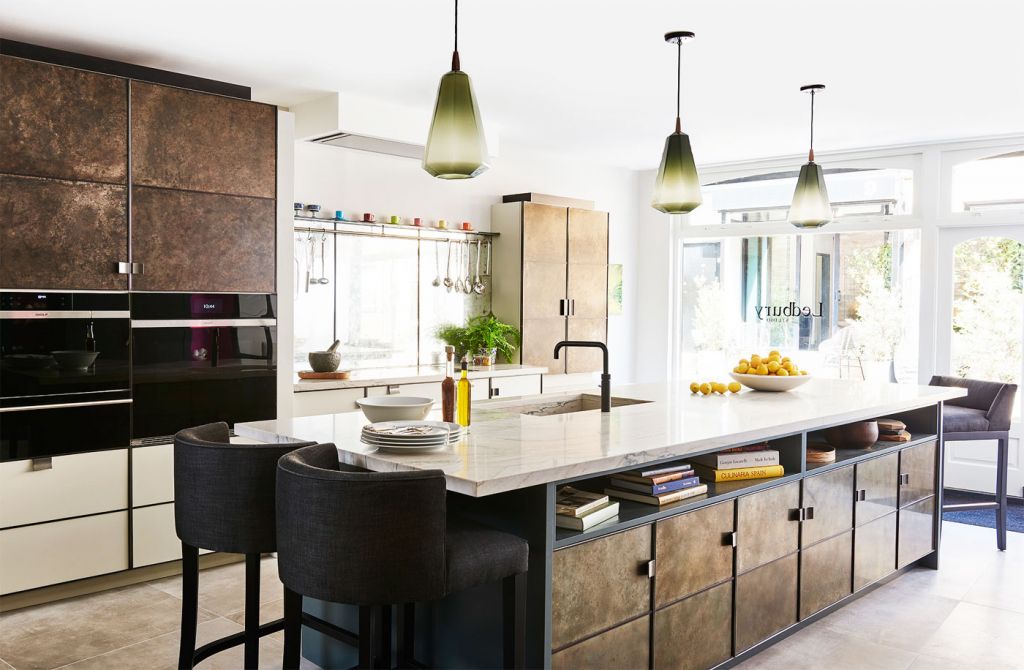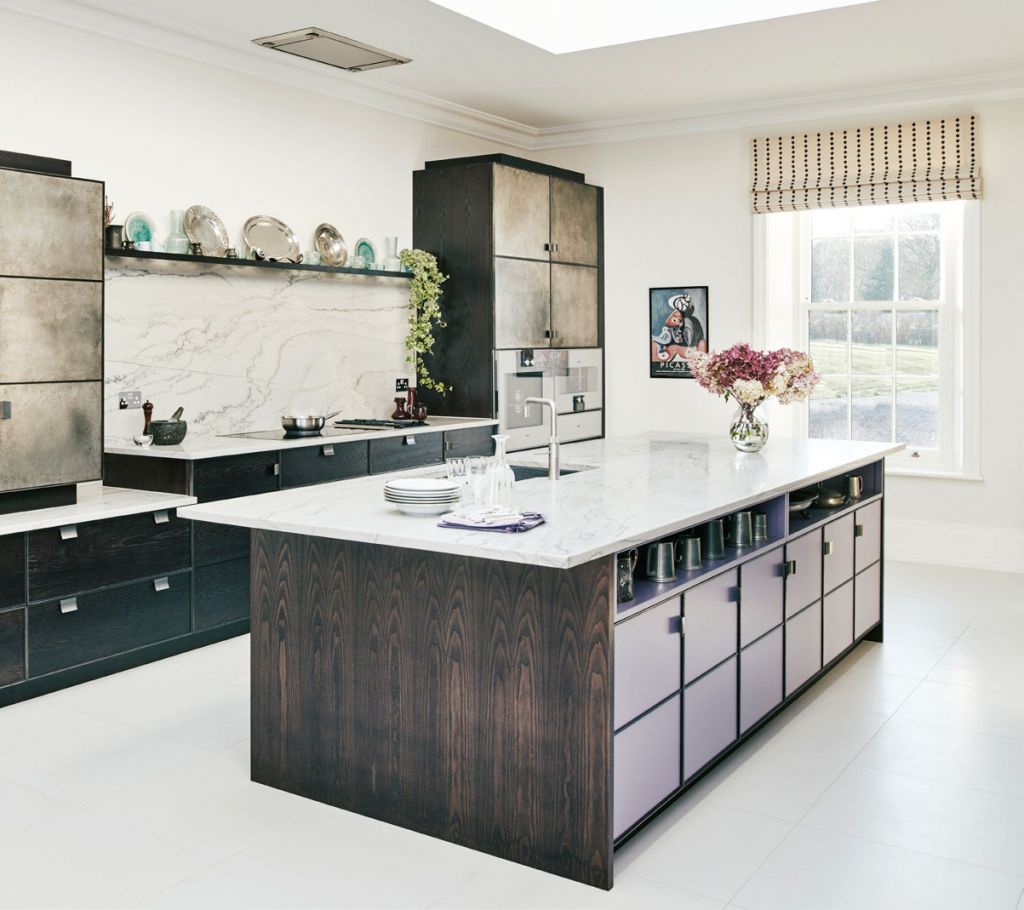
An island tops the list of sought-after features in today’s kitchen. As hard-working as it is aesthetically pleasing, the beauty of a kitchen island is that it provides additional space for food prep and storage. And by incorporating a breakfast bar, it can be used for relaxing and entertaining too.
The secret to a successful kitchen island is thinking ahead: how it will be used, its position in the kitchen, and – perhaps first and foremost – the all-important material used for its worktop. With so many to choose from, this can be a daunting task. But with a little research, you’ll find the perfect fit for your kitchen and lifestyle.

![]()
Here, Charlie Smallbone, founder of Ledbury Studio, reveals his favourite materials for an island worktop and the reasons why they make the cut.
![]()
How do you decide which material to use for a kitchen island worktop?
CS: Before working with a particular material, I always ask myself some very simple questions: what are the thermal properties of this material; how does it respond to the acids present in certain foods and drink; will edges chip if hit by metal saucepans? And if any of these things do cause damage, can the damage be repaired? To my mind, this limits the choice of products that are genuinely suitable for use as kitchen island work surfaces.

What material would you recommend, and why?
CS: I have no hesitation in recommending quartz – a material I have used many times very successfully. It’s hard-wearing and hygienic, as well as heat, stain and scratch-resistant, so is perfect for a well-used island worktop. My top tip is to source a quartz that is described as ‘full-bodied’ – meaning that veins run right through it. These new generation engineered quartz products have a high percentage of quartz bonded with polymers and are machined to mimic natural stone even more closely than before.

You often use Quartzite. How does it differ to quartz, and what are its advantages?
CS: Not to be confused with quartz, Quartzite is a really interesting but fairly high-cost material. It is harder than granite and has good resistance to acid. At our Ledbury Mews showroom, I have used Bianca Macaubas Quartzite, which is close to marble in character but with all the positive functional properties of granite. It has produced a stunning finished result which is completely practical for a kitchen island worktop.
Ledbury Studio kitchens start from £50,000. You can see examples of Ledbury’s work and obtain more information at www.ledburystudio.com.
Read more interiors and design articles in our dedicated section here.
![]()




You must be logged in to post a comment.